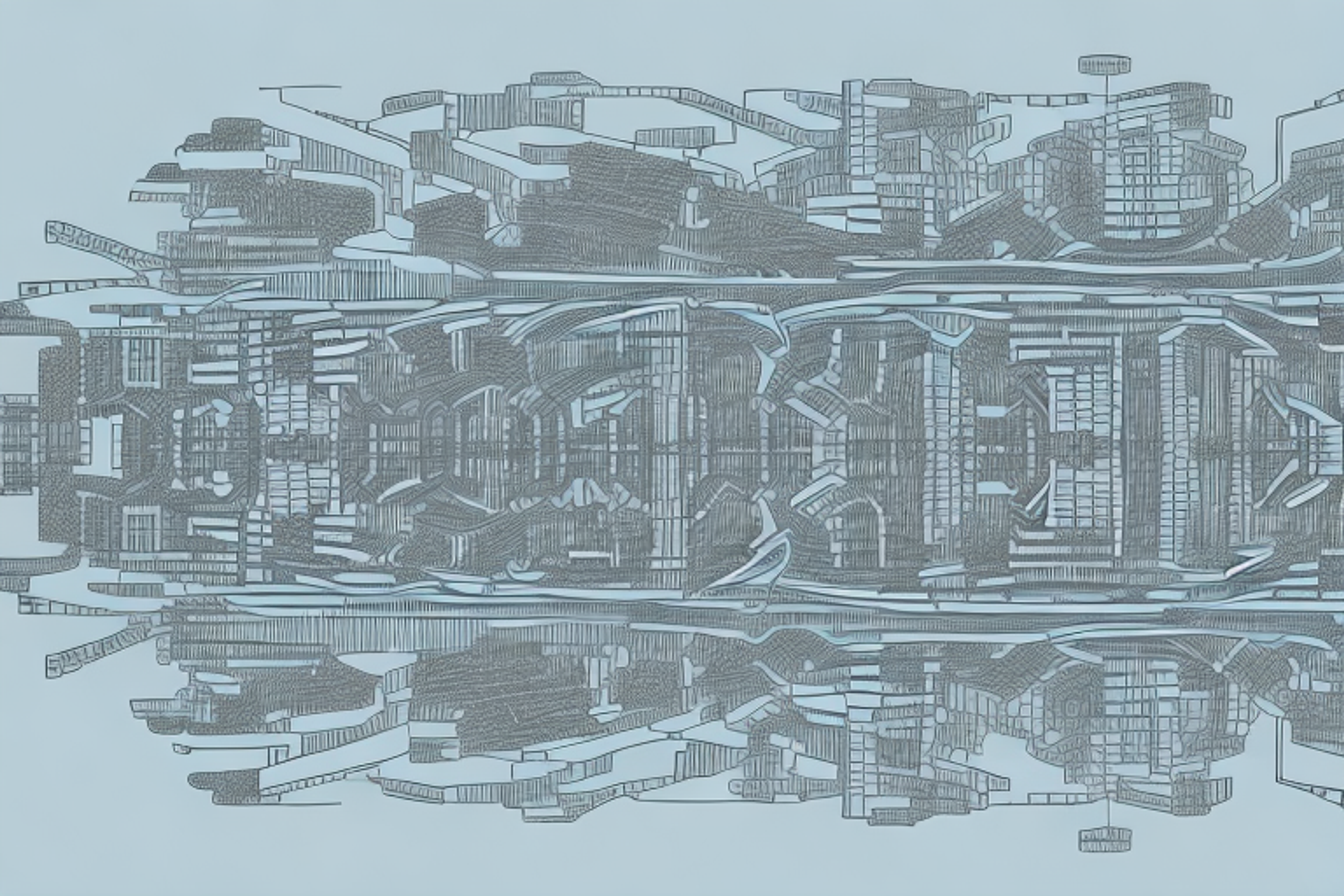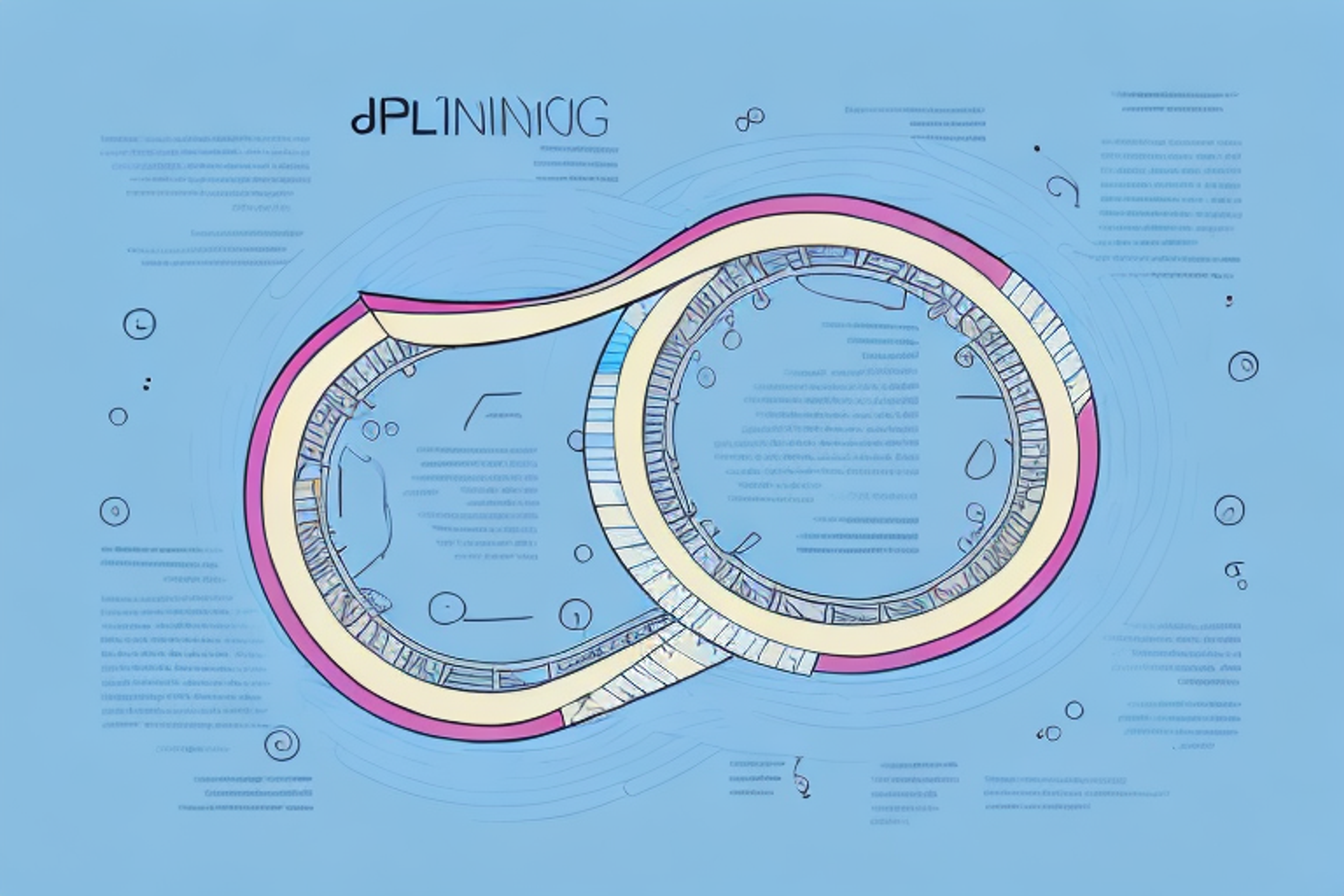McKinsey Bonus Structure: Understanding the Reward System
Discover how the McKinsey bonus structure works and gain a deeper understanding of the reward system in this comprehensive guide.
Posted April 10, 2025

Table of Contents
For many professionals, McKinsey is considered one of the most prestigious consulting firms in the industry. The company's reputation for excellence is reflected in its compensation system, particularly its bonus structure. The McKinsey bonus structure is not only generous, but it is also designed to reward employees who perform well and contribute to the firm's success. Understanding how the bonus structure works is critical for employees who want to maximize their earning potential and advance their careers. This article provides a comprehensive overview of how McKinsey's bonus system works, explores its pros and cons, and examines its implications for the consulting industry's future.
How McKinsey's Bonus System Works: An Overview
McKinsey's bonus system is a performance-based compensation structure that rewards employees for their contributions to the company's success. McKinsey employees receive a base salary, with a significant portion of their total compensation coming from bonuses. The bonus structure has multiple components, including performance-based bonuses and profit-sharing bonuses. Performance-based bonuses are awarded based on individual and team performance metrics, while profit-sharing bonuses are based on the firm's overall financial performance.
In addition to performance-based and profit-sharing bonuses, McKinsey also offers discretionary bonuses. These bonuses are awarded at the discretion of senior leadership and are typically given to employees who have gone above and beyond in their work or have made significant contributions to the firm. Discretionary bonuses are not guaranteed and are typically reserved for top performers.
The Importance of Performance Metrics in McKinsey's Bonus Structure
Performance metrics play a crucial role in McKinsey's bonus structure. Individual and team performance metrics are used to evaluate employee contributions to the firm's success, which determine their bonus eligibility. McKinsey's performance metrics are based on the principles of meritocracy and are designed to reward employees who demonstrate exceptional performance and contribute to the firm's growth. The firm uses a comprehensive and objective approach to evaluating employee performance, which includes feedback from clients and colleagues.
Moreover, McKinsey's performance metrics are regularly reviewed and updated to ensure they remain relevant and aligned with the firm's strategic goals. The firm also provides training and development opportunities to help employees improve their performance and achieve their career goals. This emphasis on performance metrics and professional development has helped McKinsey maintain its position as a leading consulting firm and attract top talent from around the world.
How Does McKinsey Determine Employee Performance?
McKinsey assesses employee performance based on several factors. These include an employee's ability to deliver high-quality work, their contribution to the team and the firm, their leadership skills, and their entrepreneurial and problem-solving abilities. The company actively monitors employee performance through regular feedback sessions and performance reviews, which help identify areas for improvement and areas where employees can contribute more effectively. McKinsey also uses a 360-degree performance review process, which collects feedback from a variety of sources, including colleagues, clients, and managers.
In addition to the factors mentioned above, McKinsey also considers an employee's ability to adapt to change and their willingness to take on new challenges. The company values employees who are able to learn quickly and apply new skills to their work. McKinsey also places a strong emphasis on teamwork and collaboration, and employees who are able to work effectively with others are highly valued.
McKinsey's performance evaluation process is designed to be fair and objective. The company uses a standardized set of criteria to evaluate employee performance, and all employees are evaluated using the same criteria. The company also provides employees with clear feedback on their performance, including areas where they excel and areas where they need to improve. This feedback is used to help employees develop their skills and improve their performance over time.
The Role of Client Feedback in McKinsey's Bonus Structure
Client feedback is an essential component of McKinsey's bonus structure. As a company that prides itself on delivering exceptional service and results to its clients, McKinsey understands that client satisfaction is critical to its success. The firm uses client feedback to evaluate employee performance, identify areas for improvement, and make organizational changes to enhance the client experience. Employees who receive positive client feedback are rewarded through the company's bonus structure, while those who receive negative feedback are given opportunities to improve and learn from their mistakes.
McKinsey's emphasis on client feedback is not limited to its bonus structure. The company also uses client feedback to inform its overall strategy and decision-making. By listening to its clients' needs and concerns, McKinsey is able to tailor its services and offerings to better meet their expectations. This approach has helped the company maintain its position as a leader in the consulting industry.
Furthermore, McKinsey's commitment to client feedback extends beyond individual employees and projects. The company regularly surveys its clients to gather feedback on their overall experience with the firm. This feedback is used to identify trends and areas for improvement across the organization, ensuring that McKinsey continues to deliver exceptional service and results to its clients.
Understanding the Different Types of Bonuses Offered by McKinsey
McKinsey offers several types of bonuses to its employees. These include performance-based bonuses, which are awarded based on individual and team performance metrics, and profit-sharing bonuses, which are based on the firm's overall financial performance. Employees may also receive year-end bonuses, which are based on their overall performance and contribution to the firm's success, and retention bonuses, which are designed to incentivize employees to stay with the firm for an extended period. McKinsey's bonus system is highly competitive, and bonuses can range from a few thousand dollars to several hundred thousand dollars, depending on the employee's level and performance.
In addition to these bonuses, McKinsey also offers signing bonuses to new hires. These bonuses are designed to attract top talent to the firm and are typically awarded to candidates with specialized skills or experience. The amount of the signing bonus can vary depending on the level of the position and the candidate's qualifications. However, it is not uncommon for signing bonuses to be in the range of tens of thousands of dollars.
How to Maximize Your Bonus Potential at McKinsey: Tips and Tricks
Maximizing your bonus potential at McKinsey requires dedication, hard work, and a strategic approach. Employees who want to earn the largest bonuses should focus on delivering high-quality work, demonstrating leadership skills, and building strong relationships with clients and colleagues. It is also essential to be proactive in seeking feedback and identifying areas for improvement. Taking on challenging projects, developing new skills, and contributing to the firm's growth are other strategies that can help employees maximize their earning potential.
Another important factor in maximizing your bonus potential at McKinsey is to stay up-to-date with industry trends and developments. This can involve attending conferences, reading industry publications, and participating in training programs. By staying informed and knowledgeable, employees can provide valuable insights and solutions to clients, which can lead to increased revenue and bonuses.
Finally, it is important to maintain a positive attitude and a strong work ethic. Employees who consistently demonstrate a willingness to go above and beyond, take on additional responsibilities, and support their colleagues are more likely to be recognized and rewarded for their efforts. By embodying McKinsey's core values of integrity, respect, and teamwork, employees can not only maximize their bonus potential but also contribute to the firm's overall success.
Common Misconceptions about McKinsey's Bonus Structure Debunked
There are several common misconceptions about McKinsey's bonus structure, which may lead employees to misunderstand how the bonus system works. For example, some employees believe that bonuses are only awarded to those who work long hours or that bonuses are only available to senior employees. In reality, while hard work and seniority are factors in bonus determinations, the bonus system is designed to reward employees based on their performance, regardless of their level within the firm.
Analyzing the Pros and Cons of McKinsey's Bonus System
Like any compensation system, McKinsey's bonus structure has its pros and cons. On the positive side, the bonus system incentivizes high performance and encourages employees to contribute to the firm's success. The system is also transparent, objective, and based on the principles of meritocracy. However, the bonus system can create a highly competitive and stressful work environment. Additionally, some employees may feel pressure to prioritize earning bonuses over work-life balance or may become demotivated if they do not receive the bonuses they were expecting.
The Impact of Company Culture on McKinsey's Reward System
Company culture plays a significant role in McKinsey's reward system. The company's culture emphasizes excellence, collaboration, and mentorship, which contribute to the firm's success. Additionally, McKinsey's culture is inclusive and diverse, which allows employees to bring their unique perspectives and experiences to their work. The company's bonus structure is aligned with its culture, as it rewards employees who demonstrate these values and contribute to the firm's growth.
A Comparison of McKinsey's Bonus Structure with Other Consulting Firms
McKinsey's bonus structure is highly competitive, and it is often compared to the bonus structures of other consulting firms. While the specific details of each firm's bonus structure may differ, the fundamental principles are similar. Consulting firms use performance-based compensation systems to incentivize high performance and reward employees who contribute to the firm's success. However, the exact structure of the bonus system can vary depending on the firm's size, industry, and business model.
How Do Recent Changes in the Consulting Industry Affect McKinsey's Bonus System?
The consulting industry is constantly evolving, and recent changes in the industry can have a significant impact on McKinsey's bonus system. For example, new technologies, such as artificial intelligence and machine learning, are transforming the consulting industry, which may require firms to re-evaluate their compensation systems. Additionally, changes in the regulatory environment or shifts in client preferences can also impact McKinsey's bonus structure. Staying up-to-date with these changes and adapting as necessary is critical for McKinsey to remain competitive and attract top talent.
Understanding the Link between Salary and Bonuses at McKinsey
The link between salary and bonuses at McKinsey is complex but essential to understanding the firm's compensation system. McKinsey offers a competitive base salary to its employees, which is designed to attract and retain top talent. However, the majority of an employee's total compensation comes from bonuses, which are performance-based. Bonuses can significantly increase an employee's overall compensation, but employees must perform at a high level to earn them.
Exploring the Future Trends in McKinsey's Reward System
The future of McKinsey's reward system is likely to be shaped by industry trends and the firm's evolving business model. McKinsey is likely to continue to emphasize performance-based compensation and objective evaluation metrics, as these have been critical to the firm's success. However, the company may also need to adapt to changes in the consulting industry, such as new technologies or shifts in client preferences. Additionally, the firm may need to balance the desire for high performance with employee well-being, work-life balance, and inclusion and diversity initiatives.


















